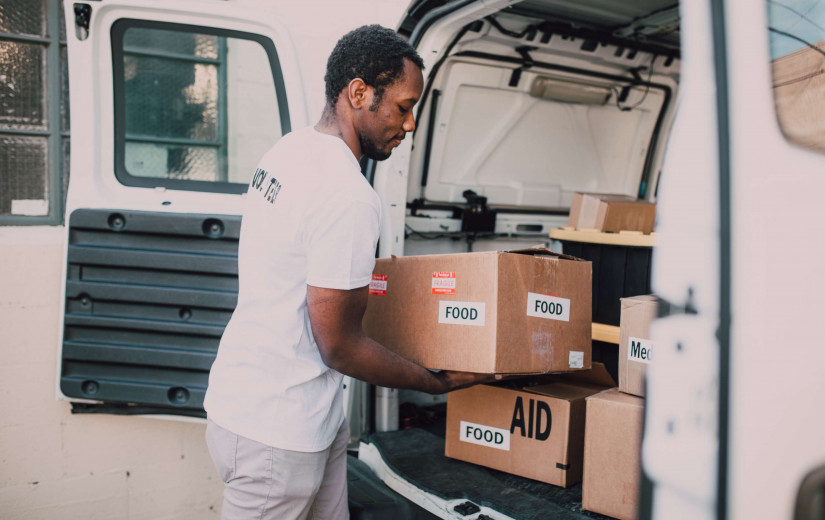Is the Pandemic Over? Here is the Latest on the COVID-19 Health Crisis
With a major war raging in Ukraine and all of the dire economic predictions, it is no wonder that news about COVID-19 has fallen out of the headlines. However, it is important to recognize that the world is still under a severe health crisis. Here is the latest on the COVID-19 pandemic.
Is the COVID-19 Pandemic Over?
Dr. Anthony Fauci raised questions earlier this week during an interview with PBS when he indicated that the U.S. is out of the pandemic phase. However, the White House's chief medical adviser and the director of the National Institute of Allergy and Infectious Diseases (NIAID) later clarified that the U.S. is simply entering a transition phase of the pandemic.
Fauci was clear that while hospitalizations and deaths are low compared to past numbers, the virus is still widespread. As one of the leading experts on the virus, Fauci said that it is vital that people make personal decisions based on their own level of risk. He also said that it was important that Americans continue to follow the guidelines set forth by the U.S Centers for Disease Control and Prevention (CDC), get vaccinated and boosted, and seek antivirals if needed if they are infected.
Latest on a Vaccine for Young Children
Many parents of young children have been anxiously awaiting the arrival of a COVID-19 vaccine for this age group. On Thursday, Moderna announced that it is seeking emergency use authorization (EUA) from the U.S. Food and Drug Administration (FDA) for its version of the vaccine for children ages 6 months through 5 years.
Approximately 18 million American children in this age group have been left out of the vaccine movement because no immunizations have been authorized. According to Moderna officials, they expect the FDA to move quickly and pass the final decision to the CDC. Pfizer also indicated this week that its data for their vaccine for this age group should be available soon, making them hopeful that it will be authorized by June.
Also this week, Pfizer requested that the FDA approve a third shot for children ages 5 through 11. This age group was first eligible to receive the vaccine last November. Recent research demonstrates that the efficacy of the vaccine is starting to wane, prompting Pfizer to ask for the authorization for boosters for this group of children.
Majority of Americans Have COVID-19 Antibodies
Almost 60% of American adults and 75% of children now have antibodies demonstrating that they have been infected with COVID-19. The CDC data comes from the study of blood samples specifically looking for these antibodies.
This number is a dramatic increase from the approximately 34% of Americans that had antibodies at the beginning of December. The most significant increase in antibodies was found in children and teens. The lowest rate of increase was found in adults age 65 and older. According to the CDC, approximately 33% of this age group has been infected with the virus. The lower rate of antibodies is because this group is likely the most vaccinated.
Experts attribute the rapid spread of the Omicron variant as the reason for the increase over the winter months. However, medical professionals are also clear to point out that they do not know how long this immunity will last, making it important that everyone stay up to date on boosters.
Update on COVID-19 Numbers
The good news is that confirmed cases of the virus have dropped rapidly over the last few months as the Omicron wave finally started to recede. That said, daily cases are still approximately twice as high as they were during the low point of last summer before the Delta wave raged through the nation.
Most states are seeing a slight uptick in cases over the last few weeks with hospitalizations following this trend. The availability of better treatments has helped to keep deaths still relatively low when compared to other points during the pandemic. However, even with lower death rates the last few months, the fatalities are still far greater than most flu seasons.
The bottom line is that although there is certainly promising news on the horizon, the virus is still present in varying degrees in all communities throughout the U.S.

















